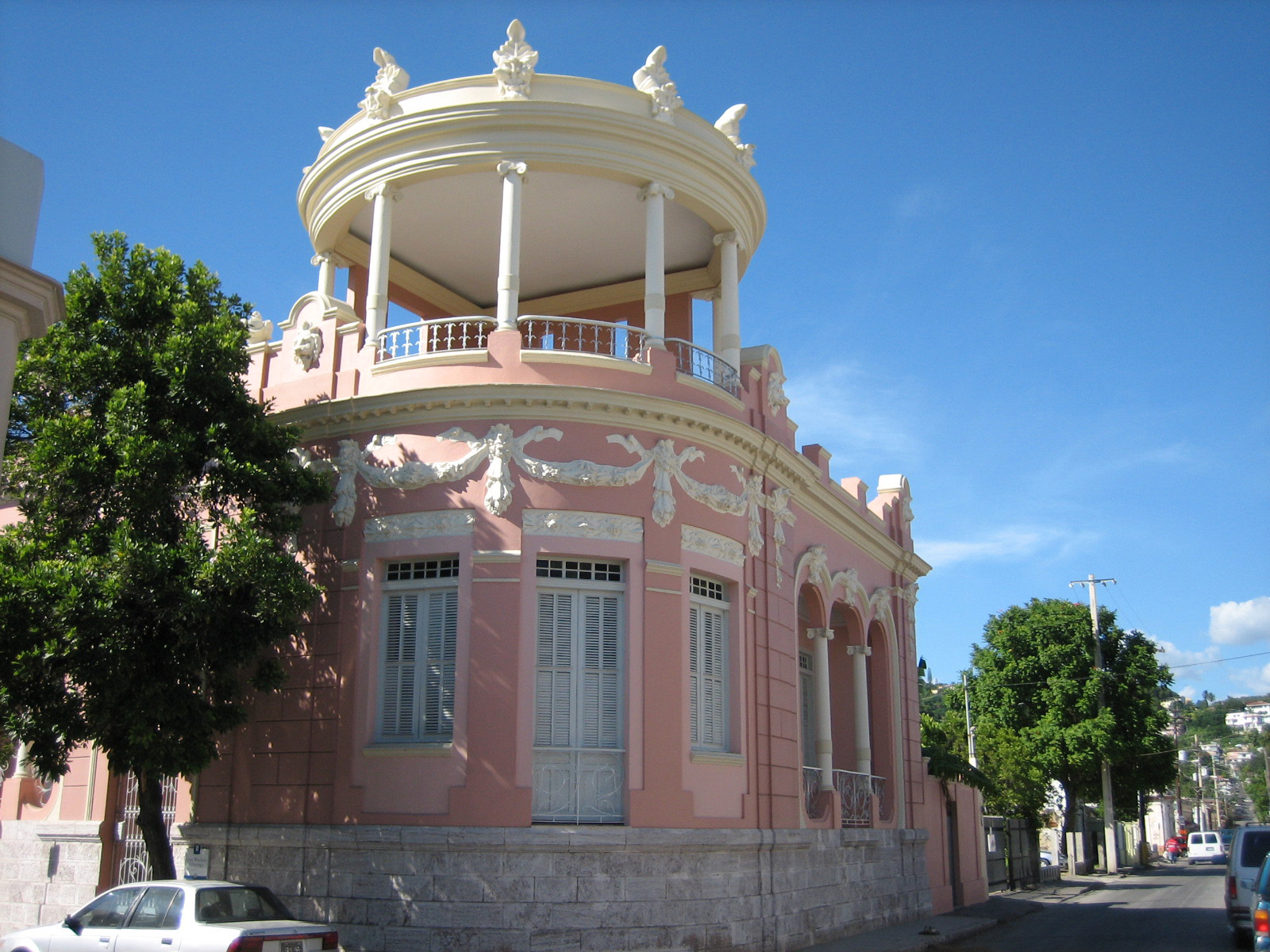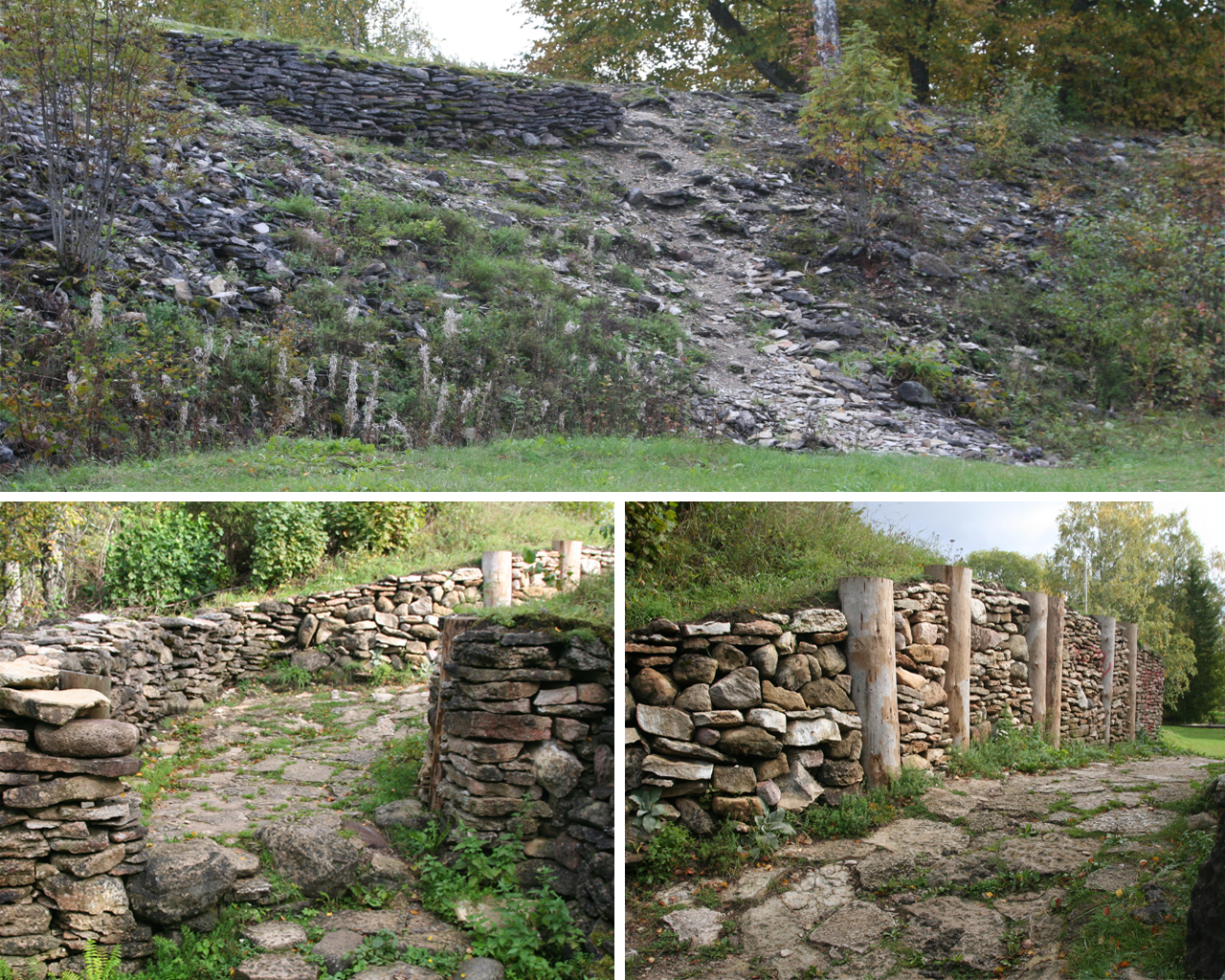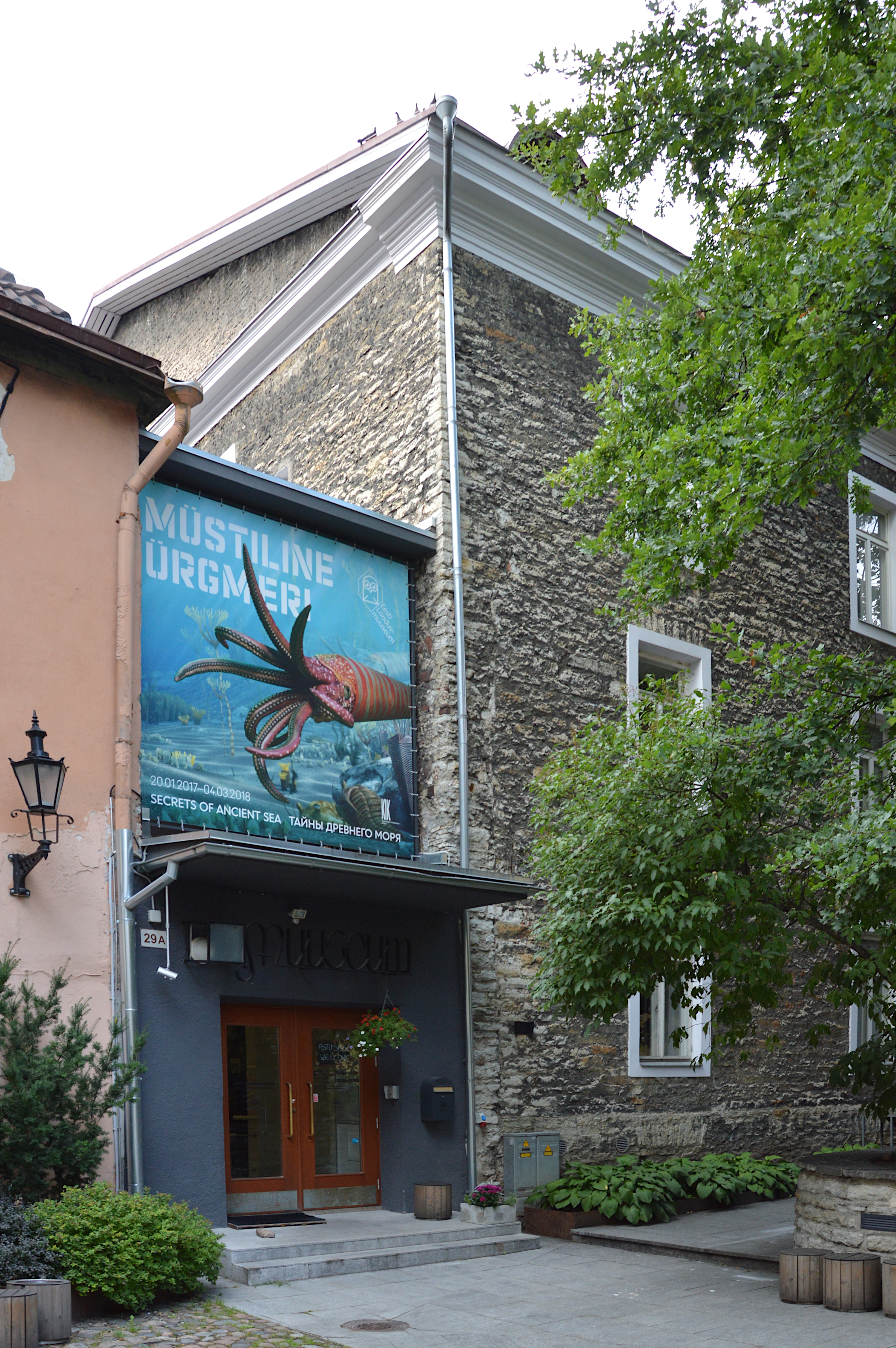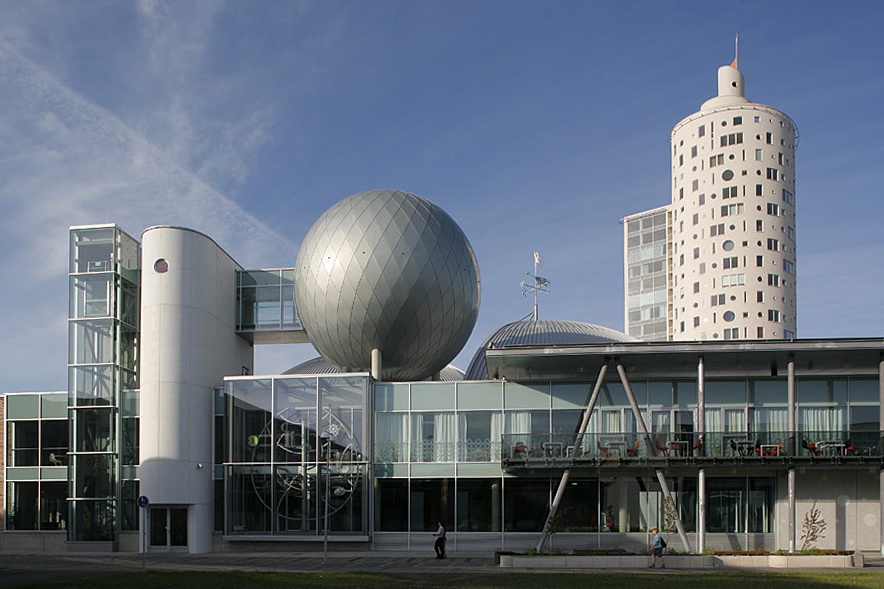|
Museum Of Estonian Architecture
Estonian Museum of Architecture ( et, Eesti Arhitektuurimuuseum) is an architecture museum in Tallinn, Estonia. It is located in the Rotermann quarter. The museum is a member of ICAM. History The museum was established on 1 January 1991 to document, preserve, and inform visitors of the history of Estonian architecture and its development today. The museum began operating in a temporary space at Kooli 7 in Tallinn's Old Town, where the collections were located in the medieval Loewenschede Tower. In 1996, the museum moved to the Rotermann Salt Storage. The building was opened to the public on June 7, 1996. Building The arched cellar of the building, which was completed according to a project drafted by Baltic-German engineer Ernst Boustedt in 1908, was space for salt storage. The Salt Storage was reconstructed in 1995–1996 according to a project by architect Ülo Peil and interior architect Taso Mähar (both from the architecture bureau Urbel & Peil). During the course o ... [...More Info...] [...Related Items...] OR: [Wikipedia] [Google] [Baidu] |
Tallinn
Tallinn () is the most populous and capital city of Estonia. Situated on a bay in north Estonia, on the shore of the Gulf of Finland of the Baltic Sea, Tallinn has a population of 437,811 (as of 2022) and administratively lies in the Harju ''maakond'' (county). Tallinn is the main financial, industrial, and cultural centre of Estonia. It is located northwest of the country's second largest city Tartu, however only south of Helsinki, Finland, also west of Saint Petersburg, Russia, north of Riga, Latvia, and east of Stockholm, Sweden. From the 13th century until the first half of the 20th century, Tallinn was known in most of the world by variants of its other historical name Reval. Tallinn received Lübeck city rights in 1248,, however the earliest evidence of human population in the area dates back nearly 5,000 years. The medieval indigenous population of what is now Tallinn and northern Estonia was one of the last " pagan" civilisations in Europe to adopt Christianit ... [...More Info...] [...Related Items...] OR: [Wikipedia] [Google] [Baidu] |
Estonia
Estonia, formally the Republic of Estonia, is a country by the Baltic Sea in Northern Europe. It is bordered to the north by the Gulf of Finland across from Finland, to the west by the sea across from Sweden, to the south by Latvia, and to the east by Lake Peipus and Russia. The territory of Estonia consists of the mainland, the larger islands of Saaremaa and Hiiumaa, and over 2,200 other islands and islets on the eastern coast of the Baltic Sea, covering a total area of . The capital city Tallinn and Tartu are the two largest urban areas of the country. The Estonian language is the autochthonous and the official language of Estonia; it is the first language of the majority of its population, as well as the world's second most spoken Finnic language. The land of what is now modern Estonia has been inhabited by '' Homo sapiens'' since at least 9,000 BC. The medieval indigenous population of Estonia was one of the last " pagan" civilisations in Europe to adopt Ch ... [...More Info...] [...Related Items...] OR: [Wikipedia] [Google] [Baidu] |
Architecture Museum
An architecture museum is a museum dedicated to educating visitors about architecture in general or with a focus on a specific architectural style. Architecture museums may also educate visitors on the traditional history of architecture or art, which can provide useful context for many architecture exhibits. They are often chartered with the principle of advancing public education on how design can positively impact the human environment. Some architecture museums, such as the Chicago Athenaeum also educate visitors in a variety of other related fields, such as urban design, landscape design, interior design, and historic preservation. The world's first museum dedicated solely to the discipline of architecture was Shchusev Museum of Architecture in Moscow in 1934, followed by the Museum of Finnish Architecture in 1956. [...More Info...] [...Related Items...] OR: [Wikipedia] [Google] [Baidu] |
International Confederation Of Architectural Museums
The International Confederation of Architectural Museums (ICAM) is an organisation of architectural museums, centres and collections, dedicated to fostering links between all those interested in promoting the better understanding of architecture. It was founded in 1979.ICAMAbout retrieved 1 August 2014 Members ;Austria *Architekturzentrum Wien ;Canada *Canadian Centre for Architecture ;Czech Republic * Cabinet of Architecture, Ostrava ;Estonia *Museum of Estonian Architecture ;Finland *Alvar Aalto Museum * Museum of Finnish Architecture ;France *Cité de l'Architecture et du Patrimoine ;Germany *Bauhaus Dessau Foundation *German Architecture Museum ;Latvia * Latvian Museum of Architecture ;Poland * Museum of Architecture, Wrocław ;Slovenia ;* Museum of Architecture and Design ;Sweden *Swedish Centre for Architecture and Design ;Switzerland * Swiss Architecture Museum ;United Kingdom *Sir John Soane's Museum *University of Brighton Design Archives *Victoria and Alber ... [...More Info...] [...Related Items...] OR: [Wikipedia] [Google] [Baidu] |
Architecture Of Estonia
This article covers the architecture of Estonia. History Ancient Estonia A distinguishing feature of early Estonian architecture are the many strongholds and hill-forts found throughout the country, for example Varbola and Valjala strongholds. The more important of these, which could cover an area up to and were located at important crossroads, eventually developed into commercial hubs, like Tallinn, Tartu and Otepää. Gothic architecture Christianity was brought to Estonia through the northern crusades, and brought about huge changes in the society, culture and architecture of Estonia. The influences came mainly from German-speaking areas and Scandinavia. The new religion prompted the erection of churches throughout present-day Estonia, beginning in the 13th century. The first churches were probably wooden; of these none survive. The earliest churches still surviving were strongly built and fortress-like; Valjala church on Saaremaa is one example. The master masons and sc ... [...More Info...] [...Related Items...] OR: [Wikipedia] [Google] [Baidu] |
Ernst Boustedt
Ernst is both a surname and a given name, the German, Dutch, and Scandinavian form of Ernest. Notable people with the name include: Surname * Adolf Ernst (1832–1899) German botanist known by the author abbreviation "Ernst" * Anton Ernst (1975-) South African Film Producer * Alice Henson Ernst (1880-1980), American writer and historian * Britta Ernst (born 1961), German politician * Cornelia Ernst, German politician * Edzard Ernst, German-British Professor of Complementary Medicine * Emil Ernst, astronomer * Ernie Ernst (1924/25–2013), former District Judge in Walker County, Texas * Eugen Ernst (1864–1954), German politician * Fabian Ernst, German soccer player * Gustav Ernst, Austrian writer * Heinrich Wilhelm Ernst, Moravian violinist and composer * Jim Ernst, Canadian politician * Jimmy Ernst, American painter, son of Max Ernst * Joni Ernst, U.S. Senator from Iowa * K.S. Ernst, American visual poet * Karl Friedrich Paul Ernst, German writer (1866–1933) * Ken Ernst, U.S. ... [...More Info...] [...Related Items...] OR: [Wikipedia] [Google] [Baidu] |
Ülo Peil
Ülo is an Estonian masculine given name. The feminine form of Ülo is Ülle. People named Ülo include: * Ülo Adamson (1931–2021), anti-Soviet dissident * Ülo Jaaksoo (born 1939), computer scientist * Ülo Jõgi (1921–2007), war historian, nationalist and activist *Ülo Kaevats (born 1947), statesman, academic, and philosopher *Ülo Kesker (1934–2019), draughts player and sports journalist *Ülo Krigul (born 1978), composer *Ülo Lumiste (born 1929), mathematician * Ülo Mander (born 1954), ecologist, geographer and educator *Ülo Matjus ( :et) (born 1942), philosopher *Ülo Mattheus (born 1956), writer and journalist *Ülo Nugis (born 1944), politician and economist *Ülo Õun (1940–1988), sculptor *Ülo Pikkov (born 1976), animator, film director and producer * Ülo Raudmäe (1923–1990), conductor, composer and trombonist * Ülo Seppa (1933–2015), lawyer and agronomist *Ülo Sooster (1924–1970), painter * Ülo Tedre (1928–2015), folklorist * Ülo Tootsen (1 ... [...More Info...] [...Related Items...] OR: [Wikipedia] [Google] [Baidu] |
Estonian Museum Of Natural History
The Estonian Museum of Natural History (abbreviated EMNH; Estonian: ''Eesti Loodusmuuseum'') is the Estonian national museum for natural history. It is situated in Tallinn's Old Town. The museum focuses on natural history and nature education, offering its visitors a tour in the wilderness of Estonia. History The origins of the museum goes back to the Estonian Literary Society's museum founded in 1842 and renamed to the Provincial Museum in 1864. This museum was active in exploring the natural sciences, an area that increased in significance at the museum in 1872 when Alexander von der Pahlen (1820–1895) began to contribute to the collection. Pahlen was later elected chairman and under his leadership the collection continued to grow. As the collection grew, a new building on Kohtu Street was purchased in 1911 to house it. During World War I, due to passive resistance, the museum's collection were not moved to Russia. The Provincial Museum continued to operate under the ... [...More Info...] [...Related Items...] OR: [Wikipedia] [Google] [Baidu] |
Estonian Museum Of Applied Art And Design
Estonian Museum of Applied Art and Design (ETDM, ) is a museum dedicated to the history of applied arts and design in Estonia. Located in Tallinn, the museum was established in 1971, and opened in 1980 as part of the Art Museum of Estonia, Estonian National Art Museum branch. It became independent in 2004. The building The museum is accommodated in an old three-storey building which used to be a granary. The granary was constructed between 1683 and 1695. The name of the main architect is unknown. The shape of the building is a slightly irregular rectangle. In 1823-1823 the building was renovated by architect J.D.Bantelmann. After the restoration of the establishment in 1970 based on the project of architect Aala Buldas, it became suitable for an Applied arts, applied art museum. See also * Estonian Museum of Natural History * Museum of Estonian Architecture External links * References Museums in Tallinn History museums in Estonia {{estonia-museum-stub ... [...More Info...] [...Related Items...] OR: [Wikipedia] [Google] [Baidu] |
Architecture Museums
Architecture is the art and technique of designing and building, as distinguished from the skills associated with construction. It is both the process and the product of sketching, conceiving, planning, designing, and constructing buildings or other structures. The term comes ; ; . Architectural works, in the material form of buildings, are often perceived as cultural symbols and as works of art. Historical civilizations are often identified with their surviving architectural achievements. The practice, which began in the prehistoric era, has been used as a way of expressing culture for civilizations on all seven continents. For this reason, architecture is considered to be a form of art. Texts on architecture have been written since ancient times. The earliest surviving text on architectural theories is the 1st century AD treatise '' De architectura'' by the Roman architect Vitruvius, according to whom a good building embodies , and (durability, utility, and beauty). Ce ... [...More Info...] [...Related Items...] OR: [Wikipedia] [Google] [Baidu] |
Museums In Estonia ...
This is a list of museums (including art museums or art galleries) in Estonia. See also *List of museums References External links {{europe topic, List of museums in Museums List Estonia Museums Museums Estonia Estonia, formally the Republic of Estonia, is a country by the Baltic Sea in Northern Europe. It is bordered to the north by the Gulf of Finland across from Finland, to the west by the sea across from Sweden, to the south by Latvia, a ... [...More Info...] [...Related Items...] OR: [Wikipedia] [Google] [Baidu] |





